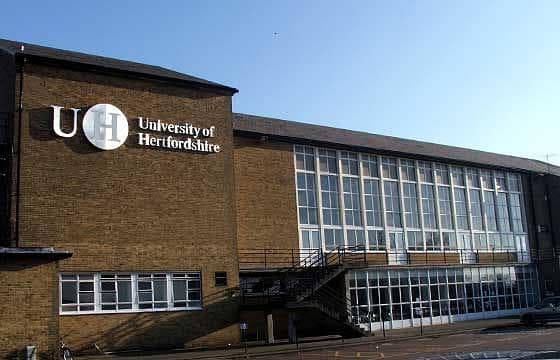BA (Hons) Architecture at University of Hertfordshire
Hatfield, United Kingdom
- Tuition Fee £ 15,500
- Country Rank-
- Duration36 Months
- Score IELTS: 6 TOEFL: 72
Program Overview
This course empowers you to satisfy the requirements of a brief and re-energise our environment. You’ll learn the technical knowledge to inspire your professional portfolio. We’ll teach you how to analyse, develop, test and communicate your ideas. You’ll be working on drawings and models for domestic, public and commercial projects, such as houses, museums and cityscapes. Be creative. Spend time in our fantastic studios and workshops.
Cost Of Studying At University of Hertfordshire
Interest rates as low as 8.9% *
250K+
Students Assisted
800Cr+
Loan Amount Disbursed
5000+
Loans Sanctioned
Check Loan Eligibility
Powered by
